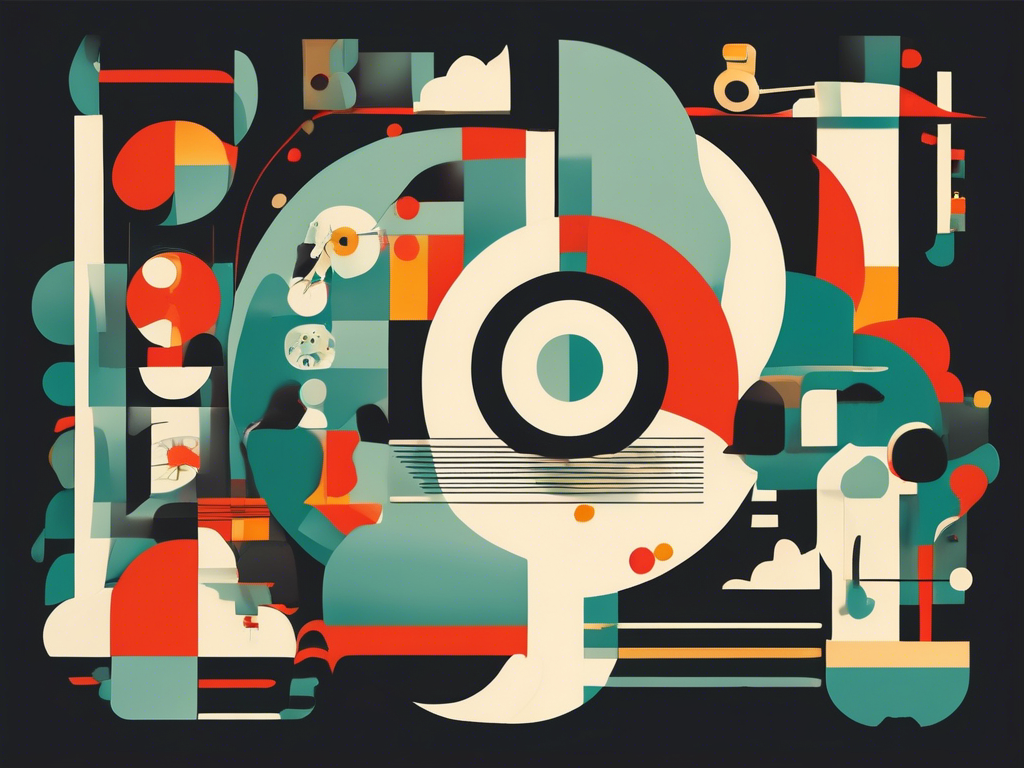The Bottom Line:
- Calories in versus calories out is fundamental for fat loss
- Fidgeting and subtle movements can greatly increase fat metabolism
- Shivering induces fat oxidation and mobilization
- Exposing yourself to cold can trigger brown fat thermogenesis
- High intensity exercise followed by moderate intensity is optimal for fat burning
Understanding the Core Principles of Fat Loss
When it comes to maximizing fat loss, understanding the core principles is essential. One of the fundamental truths in metabolic science is the concept of calories in versus calories out. Simply put, if you consume more calories than you burn, you are likely to gain weight. Conversely, if you consume fewer calories than you burn, you will lose weight, with a significant portion coming from body fat.
The Impact of Movement on Fat Metabolism
Calories burned are influenced by various factors that can significantly accelerate fat loss. An interesting discovery from research in England during the 1960s and 70s was the role of subtle movements in increasing fat metabolism. People who exhibited continuous movements such as fidgeting, bouncing their knee, nodding frequently, or pacing throughout the day were found to burn considerably more calories, aiding in fat loss even when overeating.
Leveraging Cold for Enhanced Fat Loss
Cold exposure can also be utilized to boost fat loss. When exposed to cold environments, shivering triggers the release of adrenaline, leading to an increase in fat oxidation and mobilization. By incorporating cold showers or ice baths one to five times per week, individuals can enhance fat loss. The key is to induce shivering, as it promotes brown fat thermogenesis and boosts metabolism.
Fasted Exercise for Optimal Fat Burning
Engaging in fasted exercise, particularly high-intensity training, has been shown to enhance fat burning. If you exercise while in a fasted state, you may burn more body fat, especially during activities like weight training or sprints. Additionally, the post-exercise period following high-intensity workouts can result in continued fat oxidation for up to 24 hours, making it an effective strategy for maximizing fat loss.
Incorporating a combination of high-intensity and moderate-intensity exercises followed by low-intensity activities or rest can further optimize fat burning and increase basal metabolic rate, ultimately aiding in sustained fat loss.
Leveraging Subtle Movements for Increased Fat Burn
Enhancing Fat Burn with Subtle Movements
Incorporating subtle movements into your daily routine can be a powerful strategy for increasing fat burn. Research has shown that activities like fidgeting, bouncing your knee, nodding frequently, or pacing throughout the day can significantly boost calorie expenditure. People who engage in these subtle movements have been found to burn more calories, even when overeating, leading to enhanced fat loss.
The Science Behind Fidgeting and Weight Management
During the 1960s and 70s, researchers in England discovered a correlation between subtle movements and weight management. Individuals who exhibited fidgeting behaviors or continuous movements were able to mitigate weight gain even when consuming excess calories. Being a fidgeter, such as standing up and sitting down frequently, pacing, or moving your limbs actively, can contribute to increased fat oxidation and energy expenditure, aiding in weight loss.
The Impact of Subtle Movements on Caloric Expenditure
If you’re looking to maximize fat loss or counteract overeating, incorporating subtle movements into your daily activities can play a crucial role. Simply fidgeting, standing up more often, pacing, or engaging in staccato movements can elevate your caloric burn significantly. These movements stimulate fat metabolism and energy expenditure, contributing to a more effective weight management strategy.
Harnessing Cold Exposure for Fat Loss
Exploring Cold Exposure for Fat Loss
Cold exposure can be harnessed as a powerful tool for enhancing fat loss. When faced with cold temperatures, the body triggers shivering, which in turn prompts the release of adrenaline. This adrenaline surge leads to an increase in fat oxidation and mobilization, aiding in the breakdown of fat stores. By incorporating cold showers, icy baths, or exposure to cold environments one to five times per week, individuals can optimize fat loss.
Leveraging the Shiver Effect
The key to maximizing fat loss through cold exposure lies in inducing shivering. Shivering acts as a potent stimulus for brown fat thermogenesis, which helps boost metabolism and burn more fat. To activate this mechanism effectively, it is essential to resist shivering by staying calm in cold water or ice baths. The release of a molecule called suconate during shivering acts on brown fat, promoting increased fat burning and thermogenesis.
Strategizing Cold Exposure
Studies suggest that exposing oneself to cold environments, whether through cold showers, ice baths, or outdoor conditions, one to five times per week can have positive effects on fat loss. To enhance the shivering response, individuals should aim to alternate between cold exposure and warmth, stimulating increased shivering activity. This practice can significantly contribute to fat oxidation and metabolic rate elevation over time.
Optimizing Fasted Exercise for Enhanced Fat Burning
Unveiling the Power of Fasted Exercise
Fasted exercise has emerged as a potent strategy for boosting fat burning potential. Research indicates that engaging in high-intensity training while in a fasted state can lead to enhanced fat oxidation. This phenomenon is especially prominent during activities like weight training or sprints, where the body taps into fat stores for energy.
The Extended Effects of Post-Exercise Fat Oxidation
Following high-intensity workouts, the post-exercise period can result in sustained fat oxidation for up to 24 hours. This prolonged fat-burning phase makes fasted exercise an effective tool for maximizing fat loss. By combining high-intensity and moderate-intensity exercises with periods of low-intensity activity or rest, individuals can further optimize fat burning and elevate their basal metabolic rate.
Exploring Post-Exercise Fat Oxidation Benefits
The Power of Subtle Movements in Fat Loss
Subtle movements play a significant role in enhancing fat loss. Studies have shown that engaging in activities like fidgeting, nodding frequently, standing up and sitting down frequently, or pacing can dramatically increase calorie expenditure. Individuals who incorporate these subtle movements into their daily routine burn more calories, even when consuming excess food, leading to enhanced fat loss.
Unlocking the Potential of Shiver for Fat Oxidation
Shivering is a potent trigger for the release of adrenaline, which boosts fat oxidation and mobilization. Beyond cold exposure, subtle shivering induced by various movements can also increase fat metabolism. Research from the 1960s and 70s highlighted the link between continuous movements and increased fat loss, showcasing the efficacy of shivering-induced fat burning.
Exploring Post-Exercise Fat Oxidation Benefits
Engaging in fasted exercise, particularly high-intensity training, has been shown to enhance fat burning. If you exercise while in a fasted state, you may burn more body fat, especially during activities like weight training or sprints. Additionally, the post-exercise period following high-intensity workouts can result in continued fat oxidation for up to 24 hours, making it an effective strategy for maximizing fat loss.
Incorporating a combination of high-intensity and moderate-intensity exercises followed by low-intensity activities or rest can further optimize fat burning and increase basal metabolic rate, ultimately aiding in sustained fat loss.





